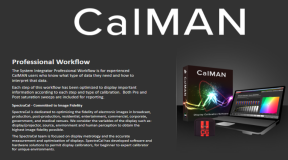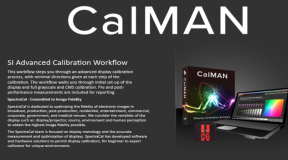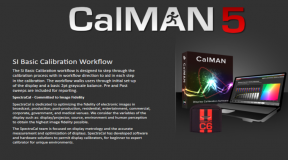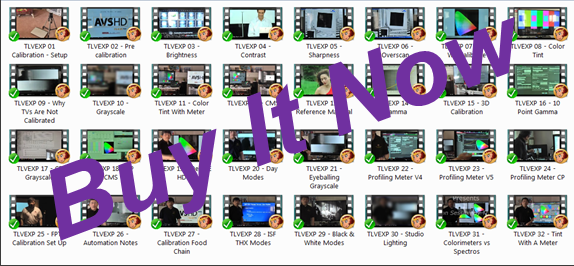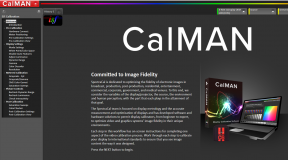Vertical Sizing:
Toshiba CN36G97 – Part of the service menu and can easily be changed. I have the unit set for minimal vertical overscan. It is also very capable of being altered to properly display an anamorphic 16:9 image. The vertical squeeze will slightly enhance the visibility of the moiré patterns, but the squeeze tends to make the patterns stationary so they just sit there and do not move with the material in the background.
Toshiba TP61H95 – See above. The changes can be implemented from the service menu, but the convergence needs to be redone as a result. This is not surprising for a projection set. The vertical overscan is now set at 3% or so. Far less than the factory default of greater than 5%. I once talked about overscan to a person at work and he commented that he was essentially against reducing the overscan because the net result was that it made his image smaller. Needless to say, I slowly moved away from that person knowing never to talk to him about television “enhancements” again. There are some fundamentals that people have to accept before progressing down the road of television enlightenment. If these early steps are not in place, then there is no road to go on.
Panasonic PC29XF10A – Located inside the unit along the back bottom like the colour controls. It works as expected with no surprises.
Proscan PS34190 – Located on the back of the set like all RCA units with the same function as on the projection.
Pioneer SD-P5071 – Located inside the front panel, changes to the V-size can create uneven distortions in the overall picture and the top and bottom 20% are affected much more than the remaining picture. The stretched effect makes any overscan adjustment undesirable, but if left alone, is hard to detect. If adjusted properly, the set becomes a true widescreen compatible unit cropping the top and bottom of the picture.
RCA 46729BA – Located on the back panel with the colour adjustments, this control adds a uniform distortion to the entire picture when adjustment occurs which is preferable to uneven distortions. Both controls will affect overall convergence. Advantage RCA.
Centering Control:
Toshiba CN6G97 – Part of the service menu package and easily changed. The image can be centered, but the source material cannot all fit within the confines of the width. Look at Last of the Mohicans as the best example of this. The widescreen image will not completely fit, but it can be slid back and forth. Nothing the WID and HPOS controls can do to correct this.
Toshiba TP61H95 – Once more, see above. Called HPOS, it shifts the image left and right. A centered image via the Laserdisc is different from that of the DVD. There is even a difference between DVD discs as shown in the AVIA and VE discs. The AVIA is correct in this case where as the VE disc is off. This was related to me by Joel Silver of the ISF at the seminar in Denver, 2000.
Panasonic PC29XF10A – The centering control is present inside the unit along the bottom with the other sizing controls. The image is skewed to the right side.
Proscan PS34190 – Located on the back, this control works the same as the RCA projection unit.
Pioneer SD-P5071 – There is no such control on this unit and the image is typical for all sets emphasizing the left edge of the image and overscanning the right side. (This is an illusion as the Video Standard test pattern is, as we suspect, in error. Maybe it is correct after all since the Pioneer Demo disc also shows the same pattern placement.)
RCA 46729BA – Located on the back panel for easy access, it shifts the entire image marginally to the left or right without affecting image size, but convergence will become severely affected if the image to shifted too far to either side. Advantage RCA.

